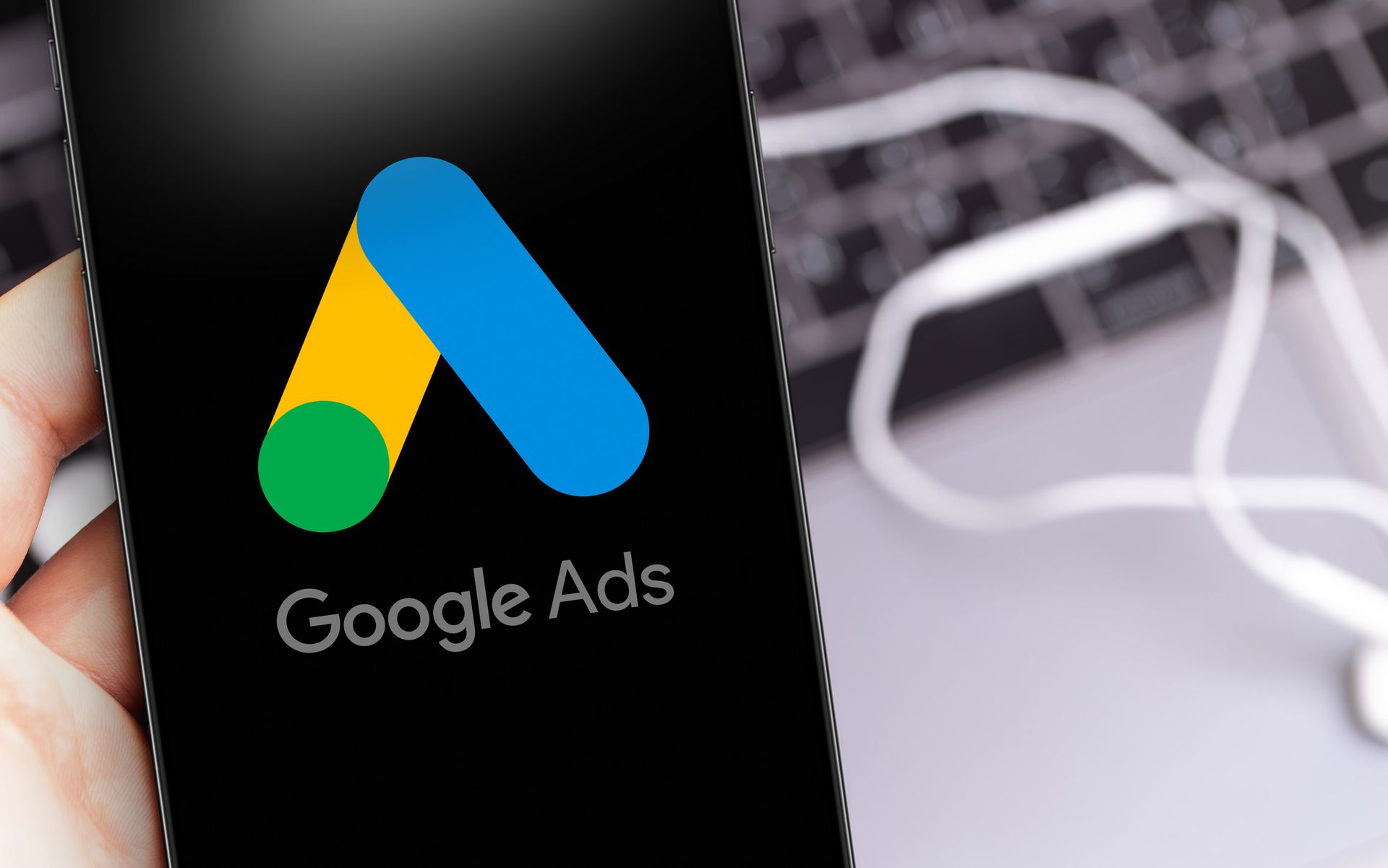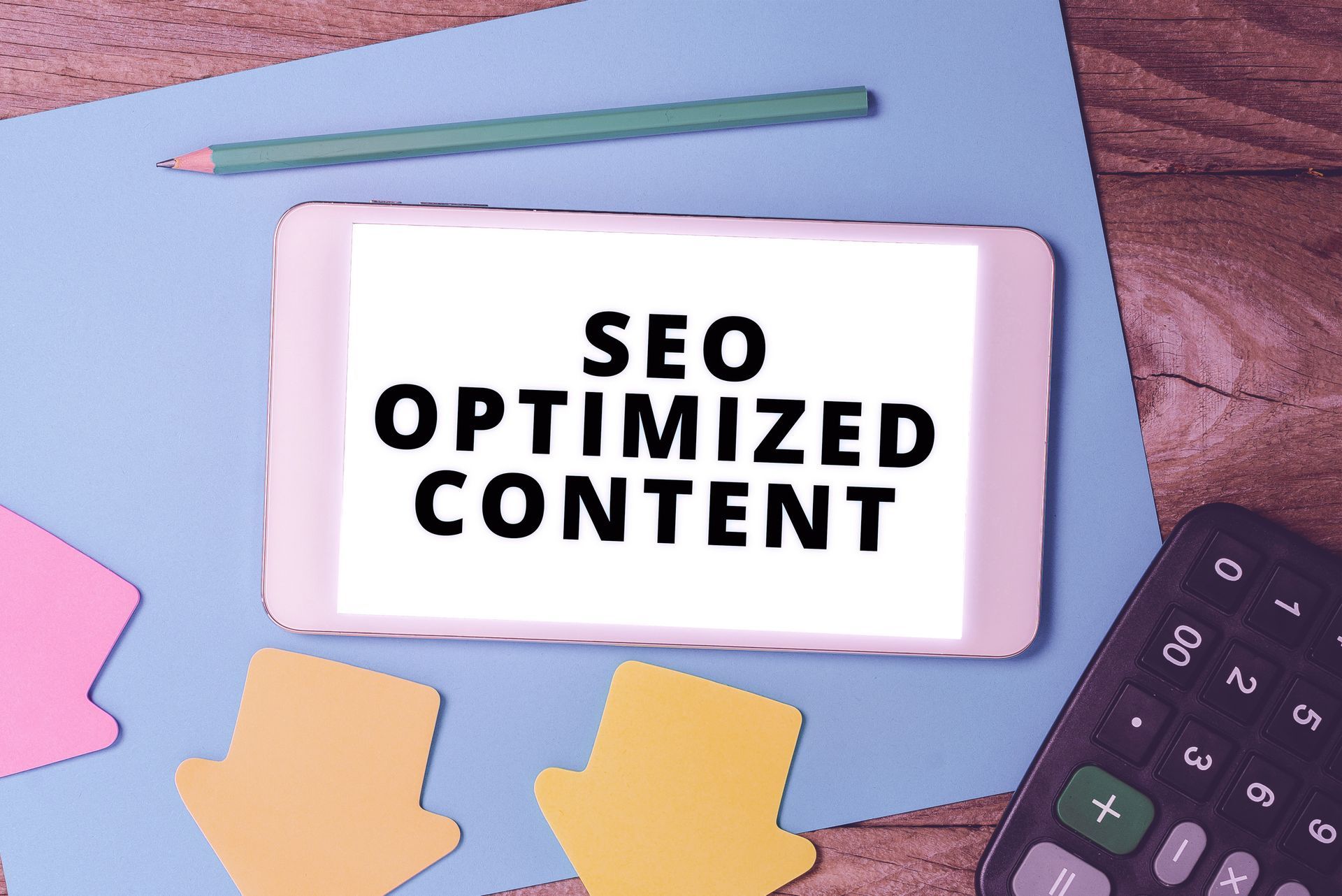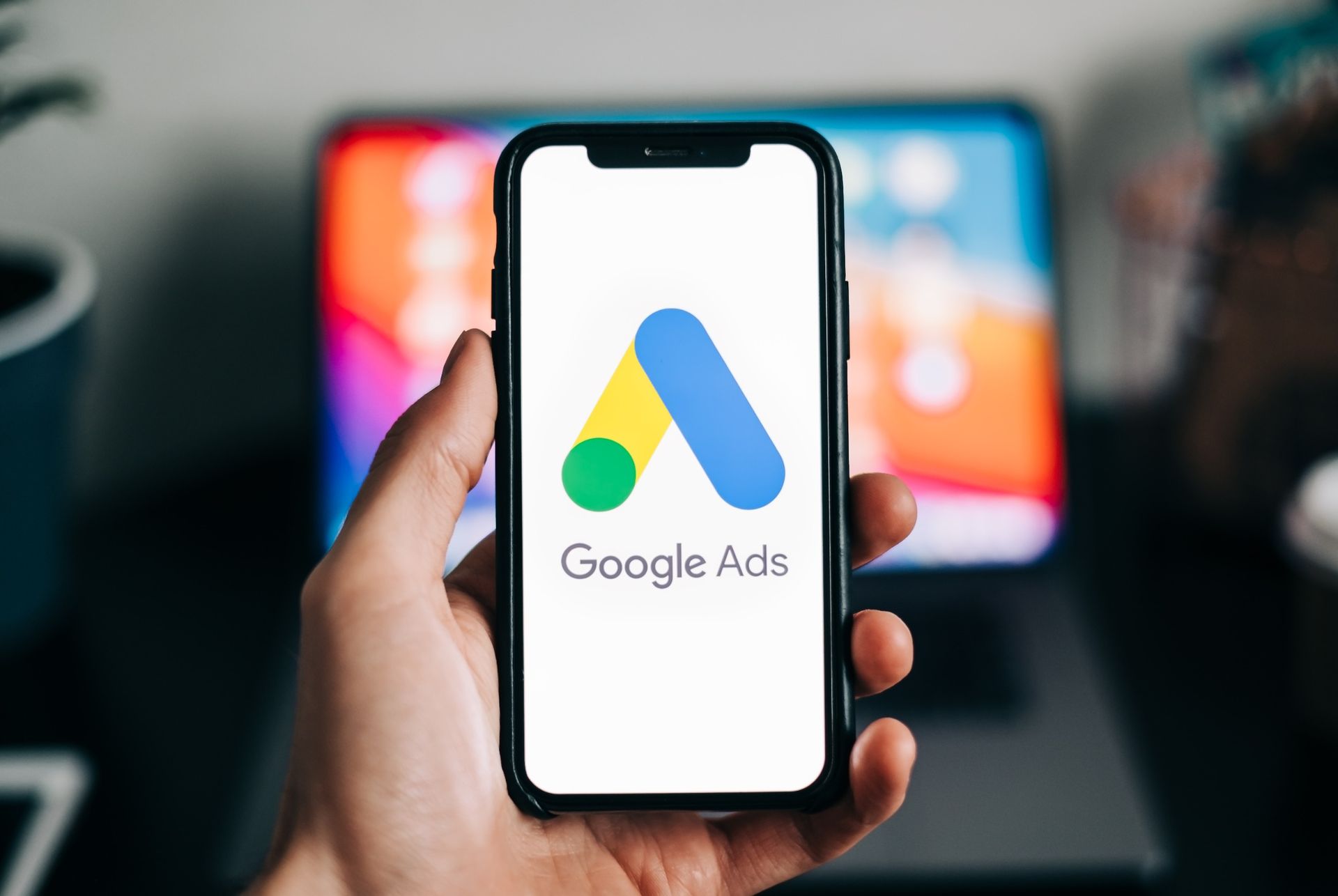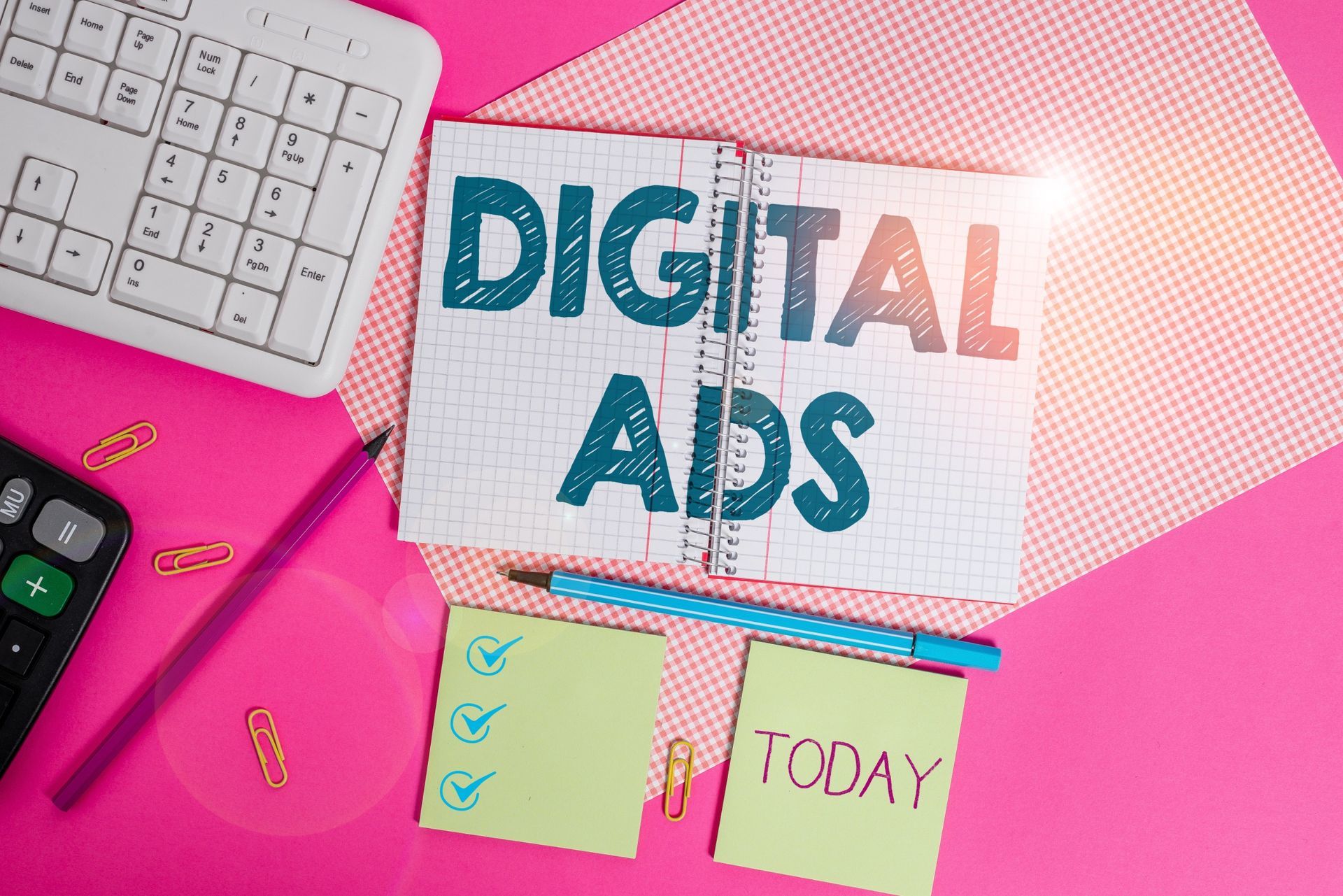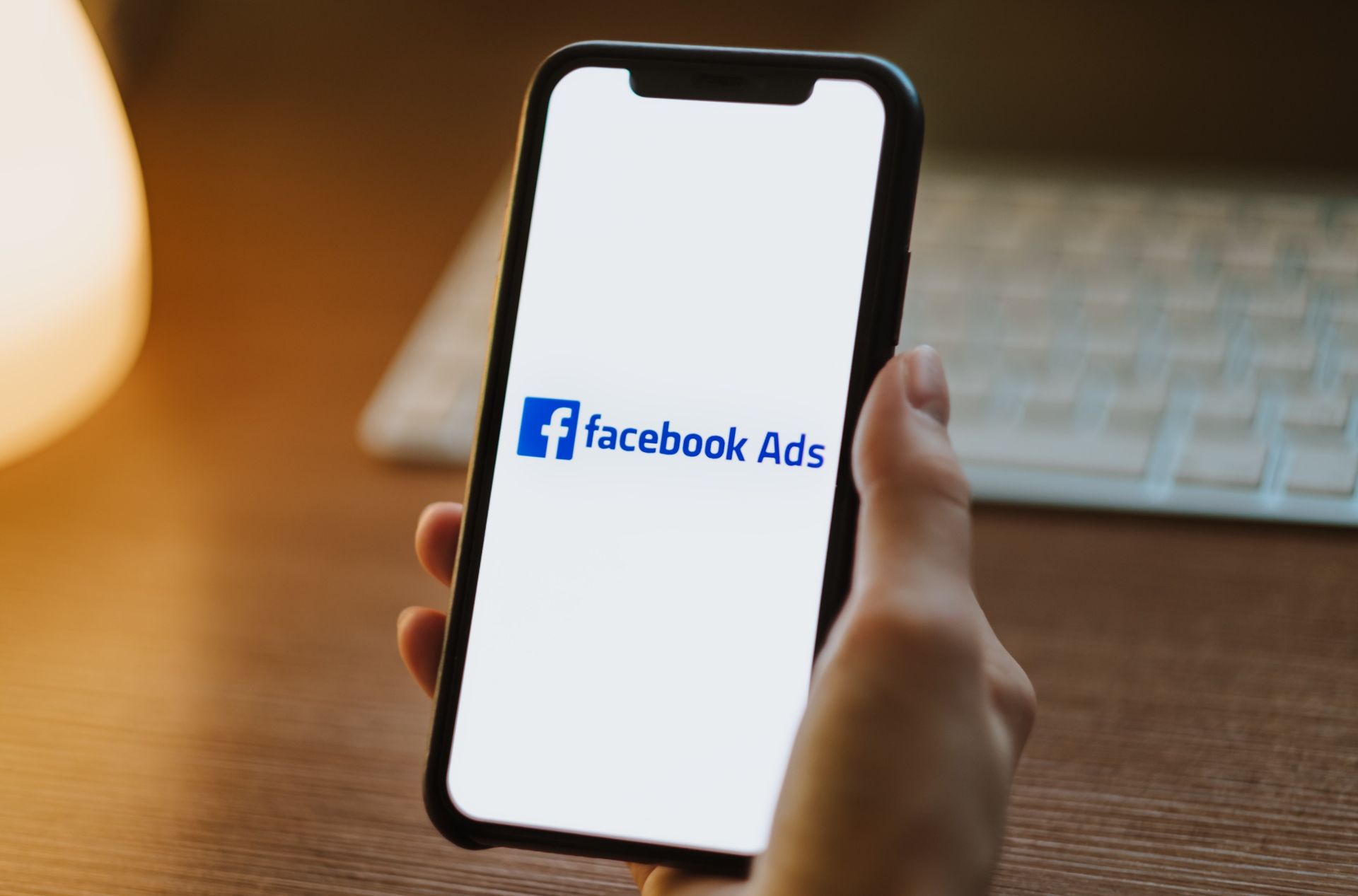How to Advertise on Facebook in 8 Steps: The Visual Guide
Navigating the world of social media advertising can initially feel like walking through a dense forest with no clear path. With so many platforms and strategies to consider, getting started can be overwhelming. In this guide, we aim to demystify the process and break it down into manageable steps.
We will focus specifically on Facebook, the behemoth of social media platforms, which boasts billions of active monthly users. Whether you're a seasoned marketer or just beginning your journey, this visual guide will walk you through the 8 key steps to successfully advertise on Facebook. Prepare to embark on a rewarding journey towards reaching your target audience in ways you never thought possible.
Step 1: Identify Your Audience and Create an Ad Strategy
Before launching any advertising campaign, the first critical step is to identify your target audience. Facebook offers a wide range of options to help you define this audience based on demographics, interests, behaviors, and more. Take the time to get to know your customers, understand what appeals to them, and identify their needs and preferences.
Once you've defined your audience, craft an ad strategy that aligns with their interests and your business goals. This strategy should articulate your objectives, key messages, and the types of ads you'll use to reach your audience. This initial groundwork is invaluable in ensuring your campaign's success.
Step 2: Choose the Right Ad Type and Format
Facebook offers a variety of ad formats, each designed to serve specific objectives. These range from simple Image Ads to immersive Canvas Ads. Carousel Ads allow you to display multiple images or videos in a single ad, while Video Ads can capture attention with sound and movement.
Selecting the appropriate ad format is hugely dependent on what you want to achieve with your campaign and the message you wish to convey.
Remember, the best
Facebook ad is one that resonates with your target audience while aligning with your business goals. So, always consider the nature of your audience and your overall campaign objectives when deciding on the ad type and format.
Step 3: Craft an Attention-Grabbing Headline
Your headline is the first thing potential customers will see, and it can make or break the success of your ad. It should be concise, compelling, and convey the key benefit of clicking on your ad. Use persuasive language that speaks directly to your target audience and drives them to learn more. Remember, the aim of a powerful headline is not only to catch attention but also to pique curiosity and encourage engagement.
Step 4: Use Visuals to Communicate Your Message
The power of visuals in advertising cannot be overstated. In a platform like Facebook, where images and videos reign supreme, your ad's visual component is arguably as important, if not more so, than the text. Choose high-quality images or videos that are relevant to your product or service, and that align with the message you're trying to convey.
Ensure your visuals stand out in a user's crowded news feed by using bright colors, clear and compelling imagery, and minimal text. Facebook's ad policies limit the amount of text that can appear in an ad's image, so it's essential to communicate your message effectively through the visual itself.
Consider using infographics, diagrams, or animations to communicate more complex messages. Video ads, in particular, can be highly effective as they allow for storytelling, which can engage and captivate your audience in a way that static images might not.
Remember, the goal of your visuals should be to grab attention, reflect your brand, and make your audience want to learn more.
Step 5: Write Engaging Copy for Your Ad
Crafting engaging ad copy is crucial in compelling your audience to take action. Your ad copy should be clear, engaging, and aligned with your headline and visuals. It's your opportunity to communicate your value proposition and explain why your product or service is worth checking out.
Start with a powerful hook to capture attention, and then dive into the details. Be sure to include a clear and compelling call-to-action (CTA).
Keep in mind that your ad copy should be consistent with your brand voice and messaging across all platforms. Also, remember to keep your
audience in mind while writing; use language and a tone that resonates with them.
In an era where consumers are bombarded with ads, a unique and engaging copy can make your ad stand out from the crowd. So, spend time refining your message until it's just right.
Step 6: Measure, Monitor, and Optimize Your Ads
Once your Facebook ad is live, the work isn't over. It's important to track your campaign's progress over time, assess the effectiveness of your ads, and make necessary adjustments to improve performance. Facebook provides a suite of powerful analytic tools in its Ads Manager that allows you to measure a range of metrics, such as reach, impressions, click-through rate (CTR), and conversion rate.
Monitoring these metrics will give you insightful data about how your ads are performing and how your audience is responding. It's also crucial to keep an eye on your ad spend and return on ad spend (ROAS) to ensure you're getting a good return on your investment.
Remember, optimization is not a one-time task but a continuous process. Based on the insights, you may need to tweak your ad copy, visuals, target audience, or even your overall strategy. A/B testing can be a beneficial approach here.
This iterative process of measuring, monitoring, and optimizing will ensure that your ads continue to perform well and help you reach your desired business objectives. It's all about finding what works best for your brand and your audience, and continually improving on it.
Step 7: Take Advantage of Advanced Targeting Features
Facebook's advanced targeting capabilities are one of its strongest assets when it comes to advertising. Leveraging these features can significantly increase your ad's effectiveness by ensuring it reaches the most relevant audience. Facebook allows you to target users based on various parameters such as demographics, location, interests, behaviors, and even their engagement with your content.
In addition, you can create Custom Audiences by uploading a list of contacts, such as email addresses or phone numbers, and Facebook will match these with users on its platform. This feature is particularly beneficial if you have an existing customer base that you want to re-engage or upsell to.
Moreover, Facebook's Lookalike Audiences feature allows you to reach new people who are similar to your existing customers or leads. This is a powerful tool for expanding your reach to potential customers who are likely to be interested in your product or service given their similarity to your current audience.
The key to successful targeting is understanding your customer persona and aligning it with Facebook's targeting options. Remember, the more specific you are with your targeting, the more likely you are to reach the people who are most likely to convert. Therefore, take the time to explore and utilize Facebook's advanced targeting features to maximize your ad's potential.
Step 8: Track Your Return on Investment (ROI)
The ultimate measure of your Facebook ad campaign's success is your return on investment (ROI). ROI is a critical metric that compares the profitability of your ads to their cost. You can calculate ROI by subtracting the cost of your ads from the revenue they generate, then dividing that number by the cost of the ads and multiplying by 100 to get a percentage.
Facebook's Ads Manager provides detailed reporting tools that can help with tracking ROI. It tracks conversions, which are the actions you want people to take after seeing your ads (like making a purchase), and attributes them back to your ads, enabling you to see the exact revenue generated.
However, calculating ROI isn't always straightforward, especially if you have a longer sales cycle or if attribution isn't clear-cut. In such cases, consider using Facebook's "Lift" studies. These studies compare the behavior of people who saw your ads to those who didn't, providing a more holistic understanding of your ads' impact.
Remember, a positive ROI means your campaign is profitable, but it's also important to consider the lifetime value of a customer. A customer who makes a small purchase today might become a high-value customer in the future. Therefore, always keep an eye on your ROI but also keep the bigger picture in mind when assessing your campaign's success.
About Us
Contact us today to know more about our services and how we can help you stand out in the market.

